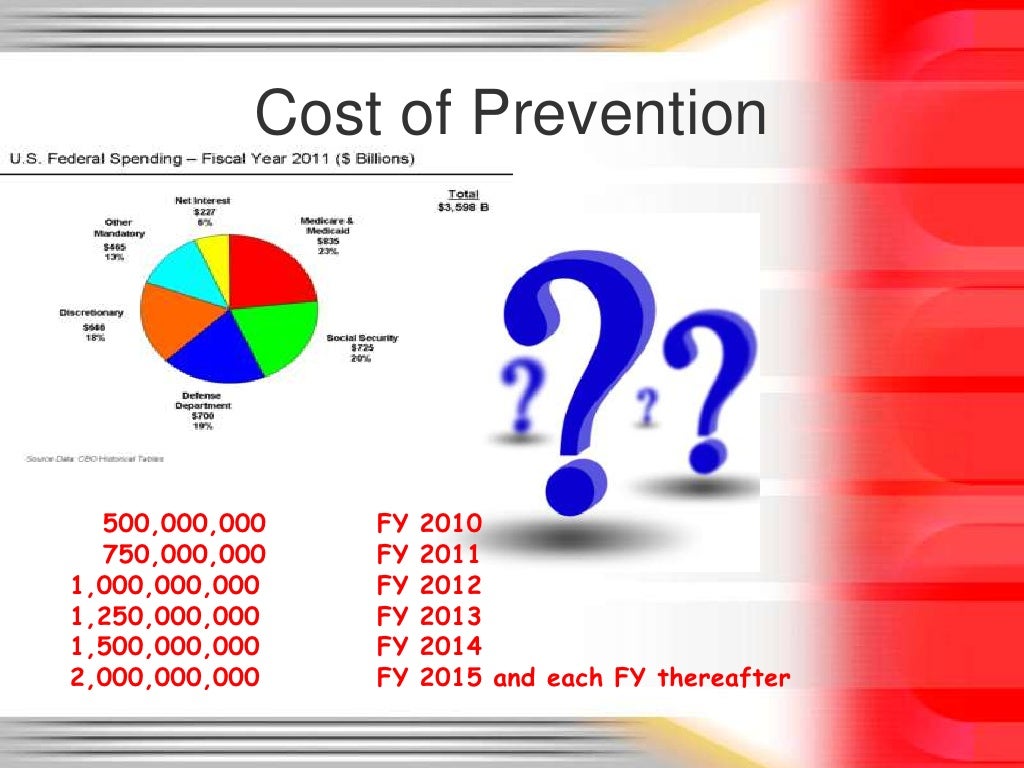
Additionally, prevention costs can help to reduce overall costs by minimizing the need for rework, repairs, and other corrective actions. This can save businesses significant amounts of money in the long run, as it is much cheaper to prevent a problem from occurring in the first place than fixing it after the fact. Monitoring external failure costs is imperative as it directly impacts customer satisfaction levels and brand reputation. Tracking COPQ enables organizations to identify processes that need attention, set quality improvement goals, and allocate resources effectively. Quality issues can significantly impact a company’s profitability and reputation.

Who Benefits Most From a Company’s Investment in Prevention Costs?
While some industries have strict protocols for maintaining quality standards, many companies self-implement such measures. Hence, it enriches the customer experience and creates a brand image in the long run. The main difference between prevention costs and appraisal costs is that prevention costs focus on preventing defects and errors from occurring in the first place. In contrast, appraisal costs focus on detecting and correcting defects after they occur. Prevention costs are incurred during production, while appraisal costs are incurred after the product or service has been produced.
Employee Training- Prevention Costs
Prevention costs are essential to businesses because they directly impact the bottom line. By investing in prevention costs, companies can improve the quality of their products and services, increasing customer satisfaction and loyalty. Prevention costs are expenses businesses incur to prevent defects or errors in their products or services. These costs are related to quality control processes and include employee training, quality planning, design and testing, and the implementation of quality assurance systems.
The two kinds of prevention “costs”: effective prevention investments and the cost of ineffective prevention operations
In organizations that focus heavily on product design, the engineering department may be responsible for implementing prevention costs. This department is responsible for ensuring that products are designed to be efficient, reliable, and easy credere definition and meaning to use. They may be responsible for conducting research and development activities to identify potential design flaws and make necessary changes. Management is ultimately responsible for implementing prevention costs in an organization.
Process planning:
Although such expenses add to the production cost, they are critical for the long-term success of a product or service and for building a company’s goodwill for quality offerings. Moreover, it can reduce potential future losses and expenditures related to product recalls, returns, improvision, and relaunch. Prevention costs can have both positive and negative effects on employee productivity. On the one hand, investing in prevention measures can help employees avoid the frustration and inefficiency of correcting mistakes after they’ve been made.
Prevention Costs: Definition, Types, Importance, and Examples – Conclusion
- Protocols can include standard operating procedures, checklists, and guidelines.
- The company may need to identify new ways to reduce costs while maintaining the quality of its products and services.
- When a company produces high-quality products and services, it can contribute to the well-being and safety of the community.
- Analyzing quality costs over time instead of a single snapshot better indicates progress.
- Applying our conservative estimate of 76% to the average total cost of quality (5.1% of revenue), we can conclude that the average hidden factory may well be consuming 3.4% of total revenue.
This will be a prevention cost, as our intention is to establish a system to avoid problems from happening in the first place. PCA is a necessity for any business that has a goal of increasing efficiency and profitability. A lack of preparation or awareness can lead to costly mistakes and ultimately result in poor financial performance. This includes the broad array of activities which collectively create the overall quality plan and the numerous specialized plans.
This can help prevent errors and mistakes by providing employees with a clear understanding of what is expected of them. Protocols can include standard operating procedures, checklists, and guidelines. Analyzing internal failure costs identifies problem areas in processes for future corrective action.
Reducing errors also minimizes lost sales opportunities from dissatisfied customers. This includes automated inspection systems, testing equipment, machine monitoring, etc. that provide objective data. In-process inspection and test to determine the status of the process (rather than for product acceptance). Feigenbaum wanted every single person to be properly equipped to create a culture of quality. He wanted everyone to have “the tools, the resources, the objectives and the support” needed to avoid being (as he put it) “nickeled and dimed to death by too many pieces of paper”. Cost of quality can also be classified as visible and invisible costs (also called the hidden costs).
